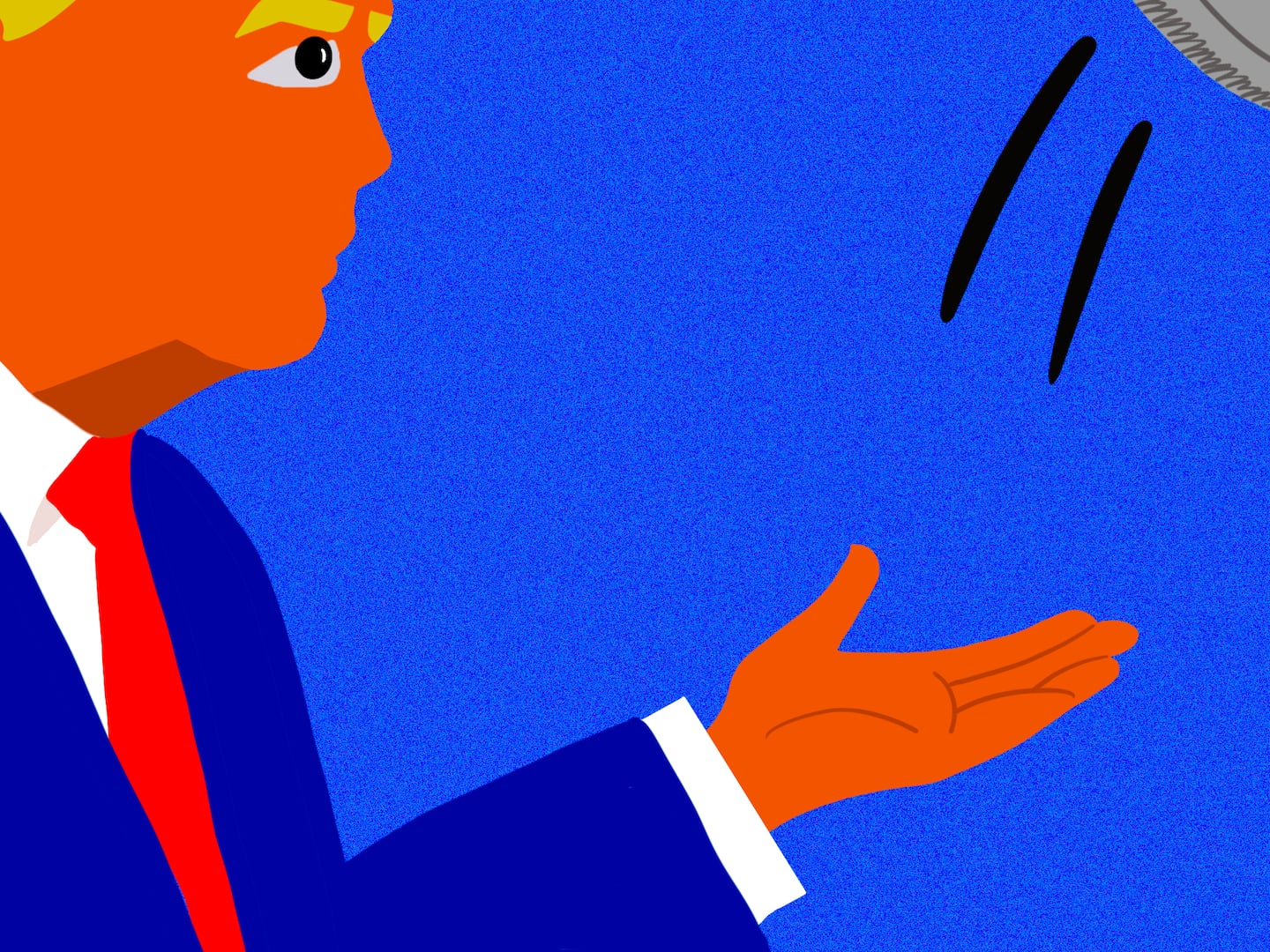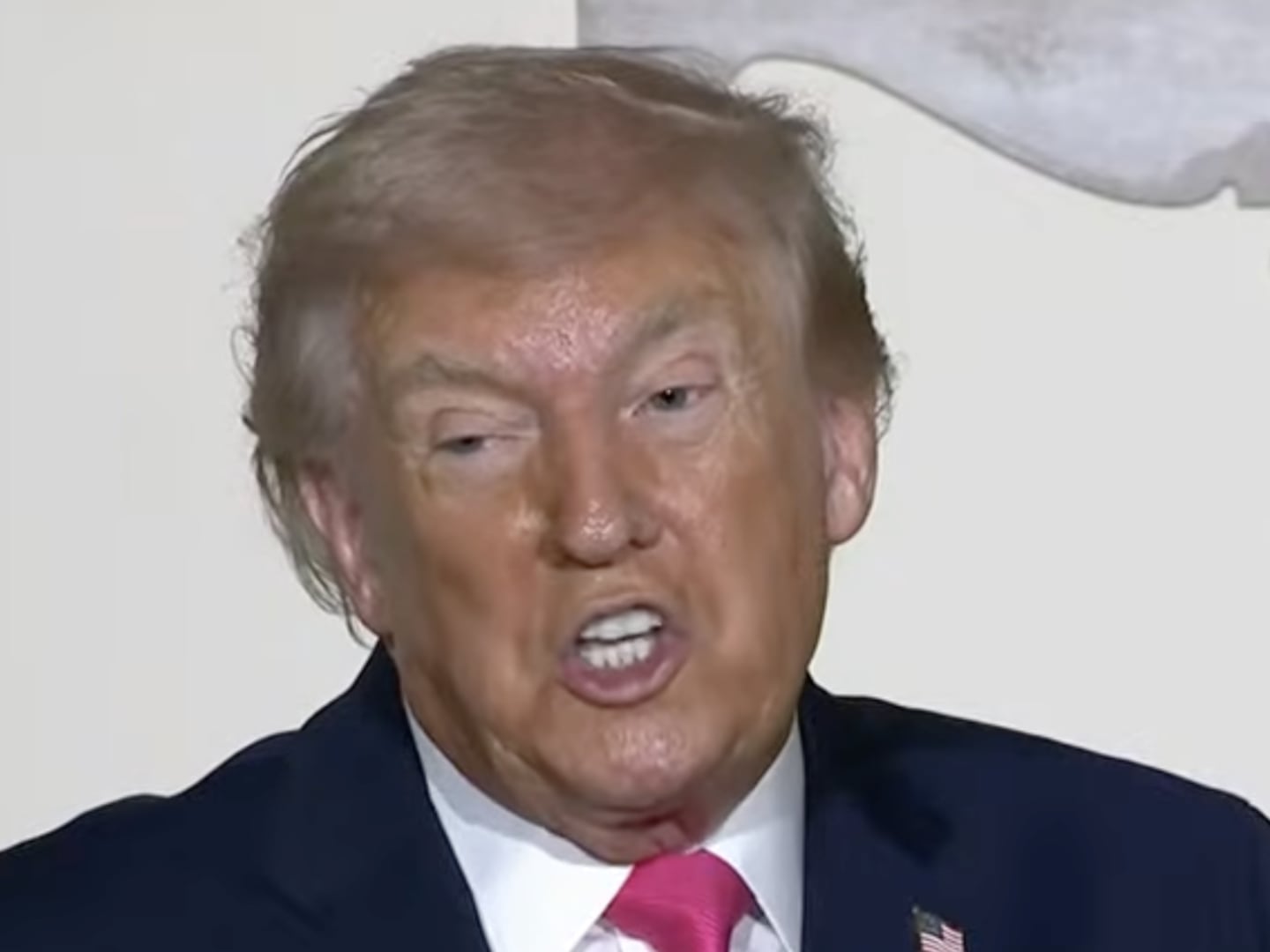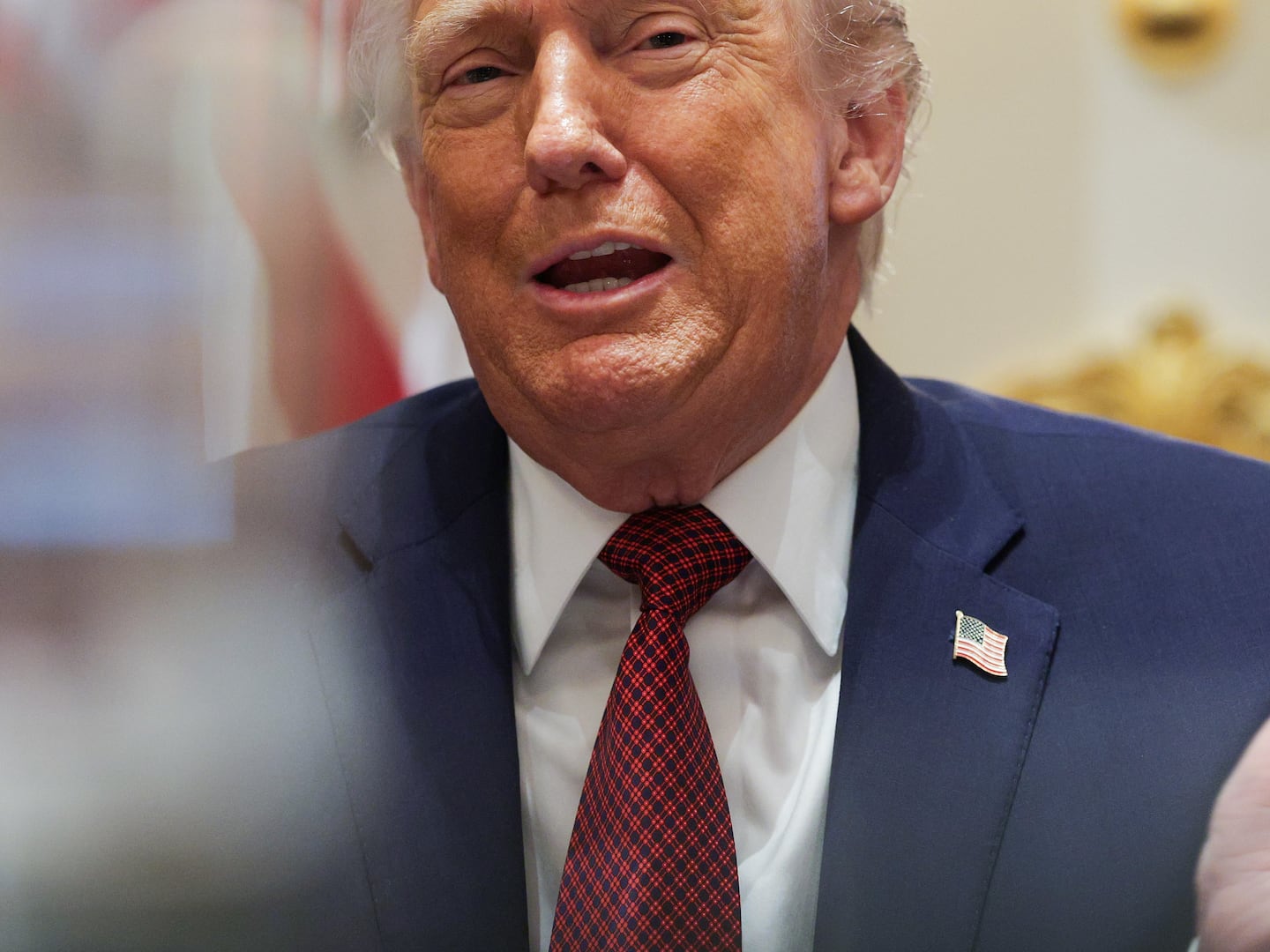Five months after the world’s health agencies first sounded the alarm over a rare global outbreak of monkeypox, a sometimes fatal viral disease that’s normally endemic only in West and Central Africa, there’s finally some good news.
The leading vaccines are working. Vulnerable populations—especially men who have sex with men—are getting jabbed at a healthy rate. Behaviors are changing. The rate of new cases is dropping fast, everywhere.
Don’t celebrate quite yet, but it looks like the world is beating monkeypox. “We at least are down to a slow burn,” James Lawler, an infectious disease expert at the University of Nebraska Medical Center, told The Daily Beast.
That’s an encouraging sign of public health competence—one we really needed as the global effort to contain COVID struggles to keep up with the fast-mutating virus.
The apparently successful campaign against monkeypox holds lessons for whatever weird animal virus comes for us next. “Early diagnosis, isolation and effective contact tracing, supported by appropriate vaccination strategies, remain key,” the European Center for Disease Prevention and Control—Europe’s version of the U.S. Centers for Disease Control and Prevention—told The Daily Beast in a statement.
Monkeypox is endemic in rodent and monkey populations in West and Central Africa and causes flu-like symptoms and a rash in people—and is fatal in a very small percentage of cases. It spreads through direct contact, and especially through sexual contact between men.
The pox first made the leap from monkeys or rodents to people in the Democratic Republic of Congo in Central Africa in 1970. It flares up here and there from time to time—usually in Africa. But it rarely infects more than a couple thousand people a year—and killed just 33 people during its most prolonged outbreak in the DRC between 1981 and 1986.
The last time monkeypox got a significant toehold in the United States—via pet rodents shipped to Texas from Ghana in West Africa—was in 2003. Forty-seven people fell sick during that outbreak, but a rapid response by state and federal health officials prevented anyone dying and quickly, albeit temporarily, eliminated the virus in the U.S.
As the World Health Organization and the U.S. Centers for Disease Control and Prevention logged the first cases back in May—cases they attributed to travelers moving between Africa and Europe—epidemiologists weren’t overly concerned, at first.
“I'm not worried about anything resembling an outbreak,” Irwin Redlener, the founding director of Columbia University’s National Center for Disaster Preparedness, told The Daily Beast. He was using the epidemiological definition of outbreak, which is a sudden spread of an unusual disease, but in a small geographical area rather than globally.
Redlener wasn’t wrong to feel confident. The strategy for containing the pox is a well-rehearsed one. Diagnose cases, isolate the infected, vaccinate anyone at high risk. There isn’t a monkeypox-specific vaccine, but various vaccines for smallpox—a virus that’s closely related to monkeypox—work just fine.
Plus, monkeypox is less contagious than, say, the novel coronavirus. Unlike SARS-CoV-2, which spreads through the air, monkeypox requires direct contact.
But the initial optimism this spring turned to extreme worry—some might say “panic”—this summer. Monkeypox cases increased fast all over the world. From just a handful of new cases a day in late May to around 500 fresh infections every day in early June and, in the worst weeks of the outbreak in early August, a staggering 1,500 new cases every day.
Experts scrambled to explain the runaway case rate. It seems many doctors were overlooking pox cases, often mistaking them for more common, and less dangerous, sexually-transmitted infections. Delays in diagnosis meant more spread as infected people, unaware they had the pox, went about their normal lives.
At the same time, there were problems pulling doses of vaccine out of storage and shipping them to clinics in the most vulnerable communities. Online misinformation inaccurately cast the pox as a “gay disease.” Clearly, some heterosexual people thought they were immune.
As recent as six weeks ago, it might have felt like the pox was winning. So far, there have been around 74,800 infections worldwide, and 32 deaths in 109 countries.
But the rate of daily new infections tipped in August and went down and down. Last week the WHO counted just a handful of new cases. Monkeypox has stopped spreading outside of the small number of countries where it’s already endemic. And as older infections clear up in coming weeks, the outbreak should end.
Statistics help explain the pox’s apparent summer rampage. “There was an element of catch-up early in the epidemic because the illness lasts two to four weeks,” Catherine Pratt, an epidemiologist with Biosurv International, told The Daily Beast. “So in the early stage older and newer infections were detected.” Cases seemed to rise faster than they actually were.
With better surveillance later in the summer, health officials caught new cases faster, Pratt explained. Authorities had a better sense of who was getting sick, when and where. And that helped them to contain infected people and prioritize populations for a steadily-expanding pool of available vaccines.
The vaccines, including the leading JYNNEOS jab, made a huge difference. In August, the CDC clarified its guidance for JYNNEOS: two .5-milliliter injections, four weeks apart. After a slow start, the vaccination campaign ramped up fast. As of Oct. 18, the CDC and state and local health department have administered 975,000 doses in the U.S., enough to fully protect nearly half a million of the most vulnerable people.
Even better, the right people are getting the jab—overwhelmingly, young men. And these same young men seem to be taking more precautions before sexual contact, seemingly following the advice of posters and flyers that health agencies have been distributing in bars and clubs in cities with the biggest concentrations of men who have sex with men.
According to the ECDC, the main behavior changes have been “a decreased number of sexual partners… and increasing vaccine-acceptance.”
With better information, good vaccines, a targeted vaccination plan and an information campaign saying the right things in the right places, we’re finally beating the pox. And our success against the pox should inspire confidence in the global epidemiological community.
As the human population expands and we chop down more forests and disturb more different species, more and more so-called “zoonotic” viruses such as monkeypox and SARS-CoV-2 are making the leap from animals to people. We’re in a new era of global disease.
With its extreme transmissibility, COVID is a uniquely difficult epidemiological problem—one that has, fairly or not, cast some doubt on our ability to contain viral outbreaks. The successful campaign against monkeypox, on the other hand, is a welcome reminder that we know how to handle most diseases. Diagnose, isolate, vaccinate, inform.







